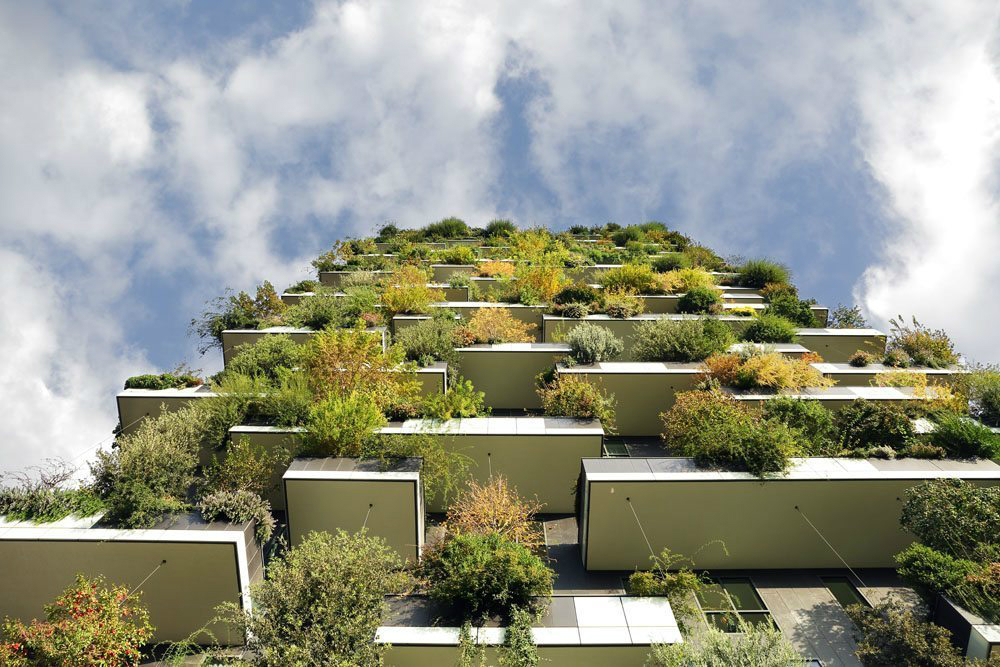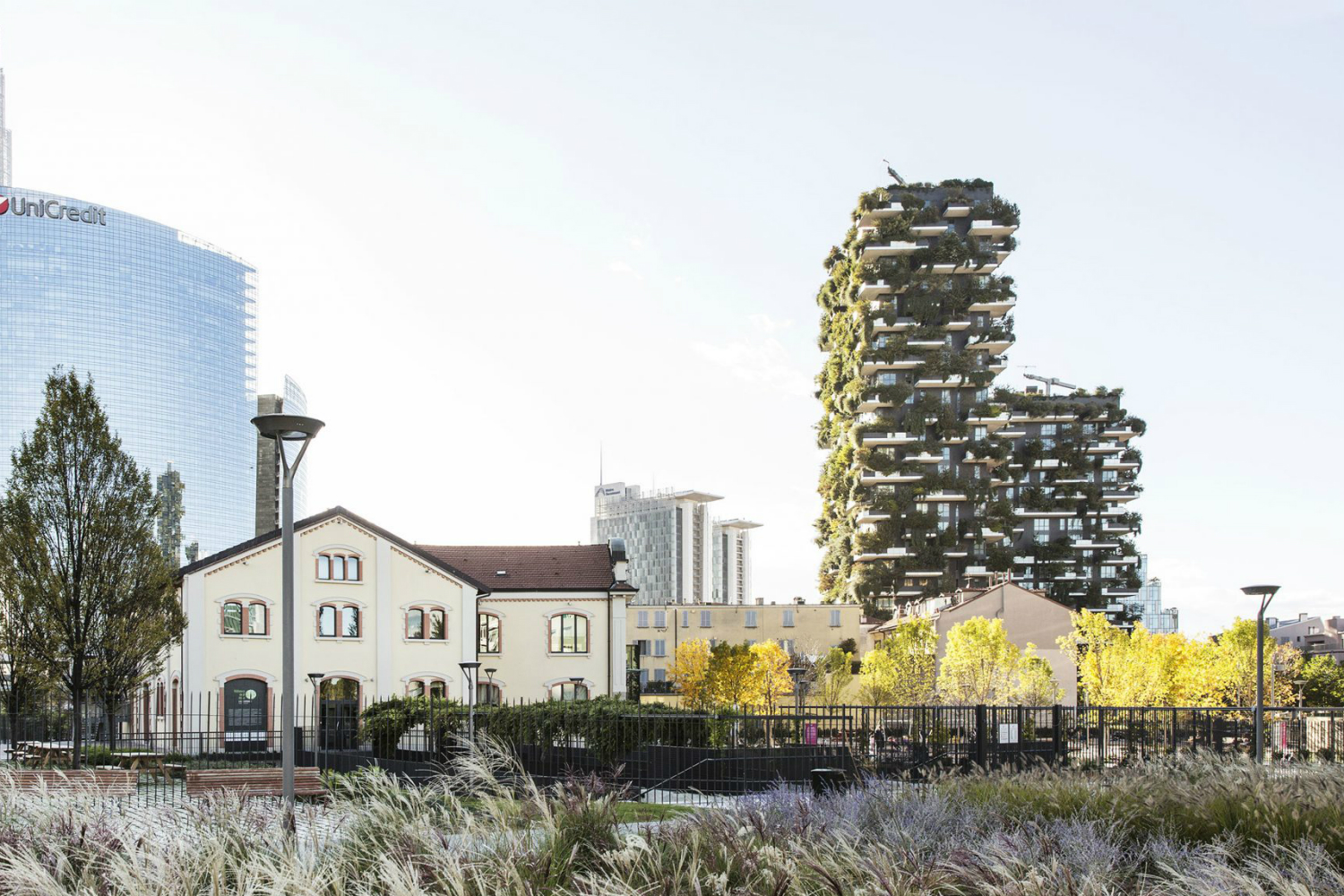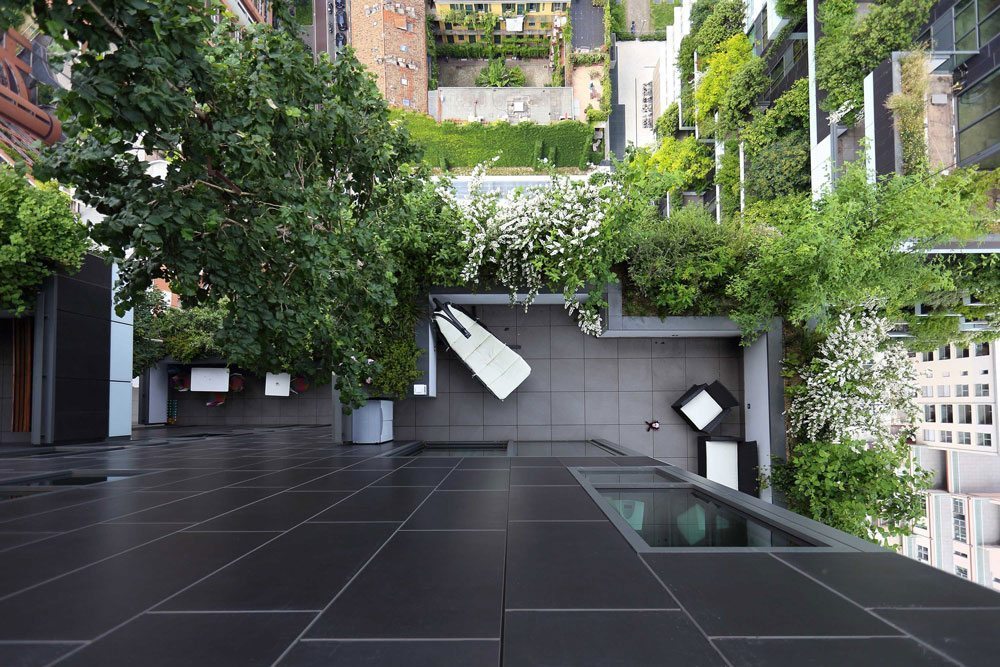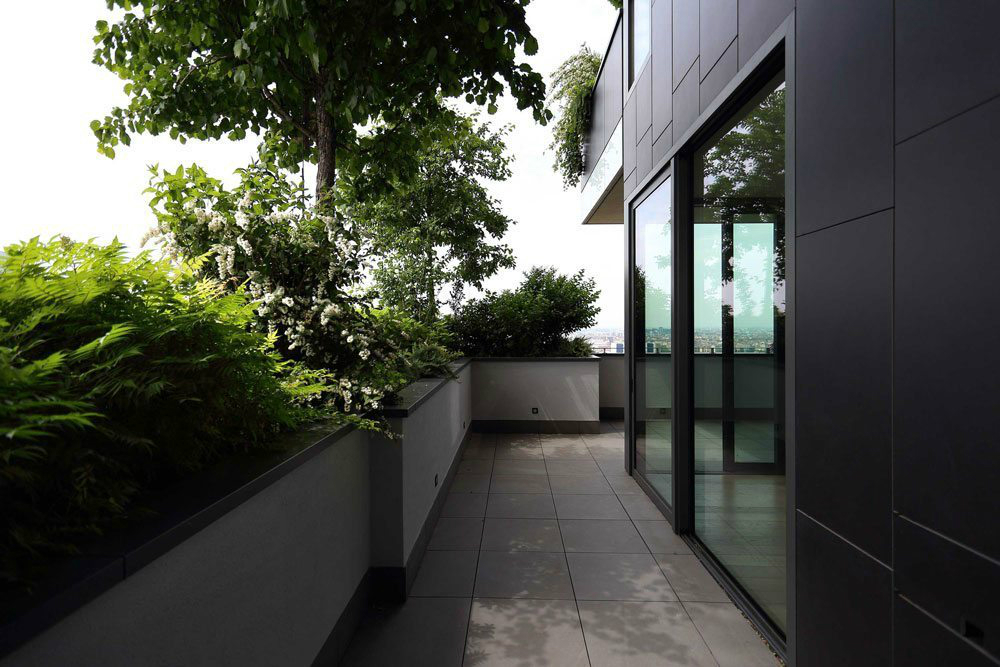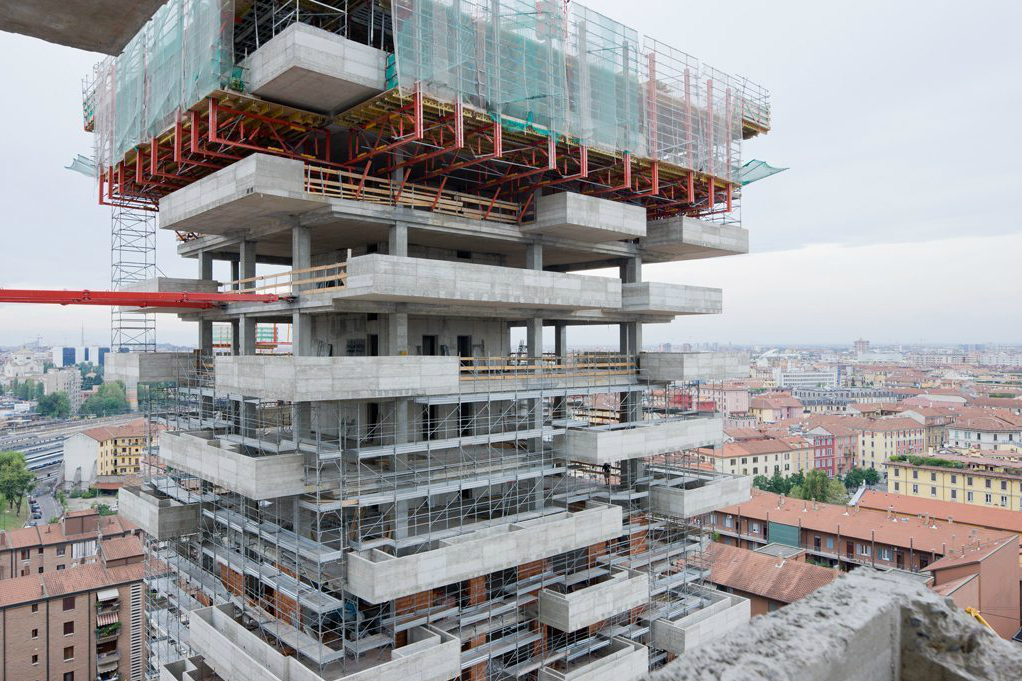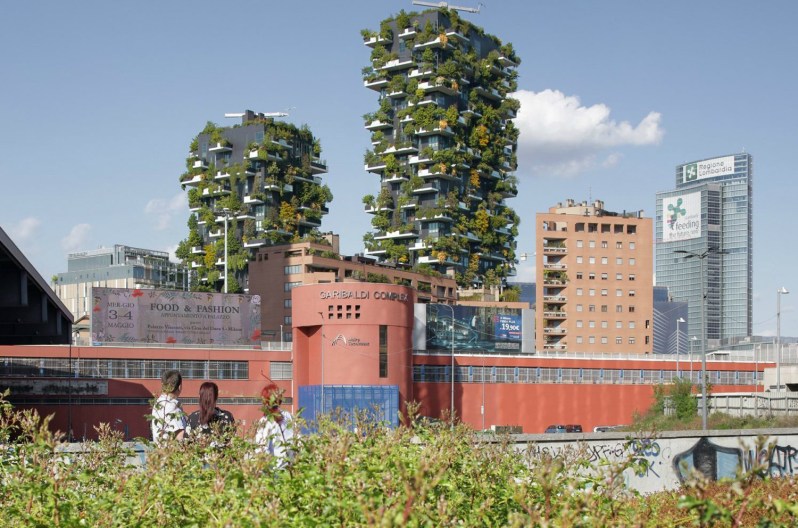
For years now, major cities around the world have been suffering from housing shortages. Many architects have been coming up with clever solutions, dreaming up everything from micro apartments to turning unexpected structures into homes. However, it seems the best ideas are coming from sci-fi movies like Bladerunner which show the future of cities as towering skyscrapers packed with efficiency apartments. Or perhaps the solution to dealing with overpopulation is colonizing Mars and the asteroid belt like on the show The Expanse. Architect Stefano Boeri sees the future as both.
However, unlike the cold, dirty, lifeless concrete towers science fiction sees as the future of housing, Boeri envisions a landscape of high-rise forests, bringing life to concrete, urban jungles.
With the shocking news that we only have until 2030 to stop “catastrophic climate change,” people around the world are looking at what we can do right now to save the planet before it’s too late. For years, architects have been striving to develop sustainable structures that aren’t just low-impact, but help to improve the quality of the environment in which they are built. Based in Italy, Boeri has already begun a process of developing innovative residential structures that bring the forests back to cities. He calls them Vertical Forests and he sees this as the future of housing and a solution to stopping climate change all rolled into one.
His vision has already been realized in Milan, with the construction of two of his Vertical Forest towers. In total, the towers contain 800 trees, 4,500 shrubs, and 15,000 plants. The density of all this foliage means that the towers create their own microclimate which rids the air of dust and CO2 while producing oxygen and humidity. The Vertical Forests also become a mini ecosystem in their own right, attracting birds and insects which help to pollinate the plants and keep the forest thriving.
The positive environmental impact isn’t the only benefit brought by the Vertical Forests. The people who live inside of the towers get to enjoy beautiful city views while being protected from the sun’s harmful rays. The heavy foliage provides acoustic buffering from the loud noises of the city. And there is also the advantage of squeezing more housing into a smaller area by going up rather than trying to spread out.
While his hometown of Milan was the testing ground for the Vertical Forests, Boeri has been hard at work planning towers for other major cities and beyond. Construction is already underway in several cities throughout the world including Beijing and Paris.
But Boeri is not stopping there.
He’s developing ideas for Vertical Forests that can be built on Mars once humans finally reach the red planet. The project, dubbed “Vertical Forest Seeds on Mars,” is aiming for a “new Shanghai” to be built in the year 2117. So, while he won’t be around to see this one to fruition, Boeri is laying the groundwork so future generations can ensure humanity’s survival should we ever need to leave this planet.
